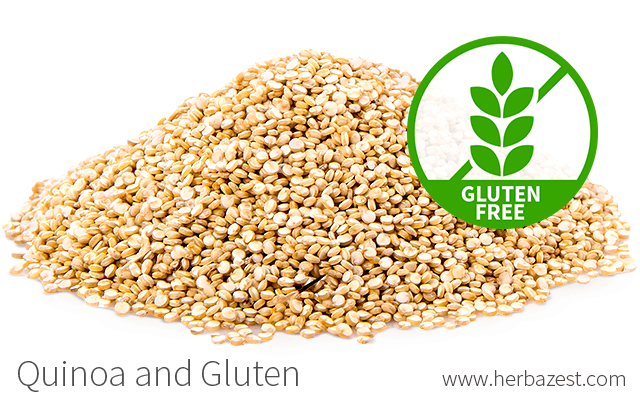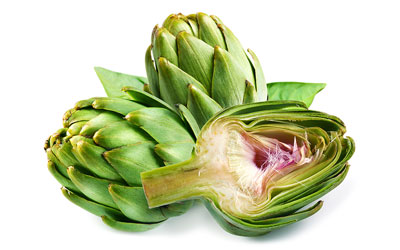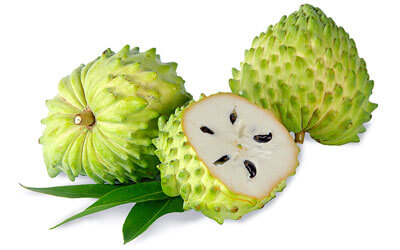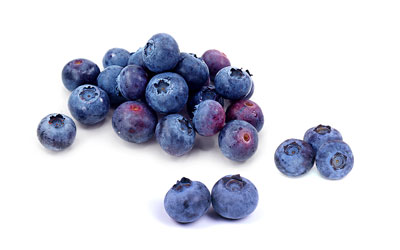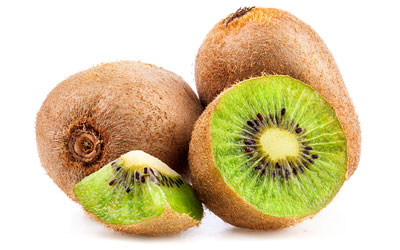Quinoa has been cultivated in the Andean region of South America for millennia as an easily-accessible, plant-based source of protein in areas where animal protein is scarce. Quinoa has all nine essential amino acids, which are the building blocks of protein, along with many other crucial nutrients. However, quinoa lacks one protein that is typical of many grains: gluten. This makes it an important dietary supplement for people with celiac disease and gluten intolerance.
What Is Gluten?
Gluten is a composite protein of gliadin and glutenin, and it is one of the most abundant components in foods, especially wheat, rye, barley, and triticale, among other grains. Because wheat, rye, and barley constitute the big three cereal crops, gluten can be found in many processed foods that include these grains as ingredients. Gluten protein deposits act as a bonding agent when flour is mixed with water to form a continuous matrix throughout the dough.
THE “VISCOELASTICITY” OF GLUTEN GIVES A FLUFFY, SOFT CONSISTENCY TO BREADS, CAKES, BISCUITS, NOODLES, AND OTHER PROCESSED FOODS.
As delicious as a spongy cake or any other baked good made out of flour may be, gluten is not well tolerated by everyone. Many people have gluten intolerance or celiac disease and have to eliminate gluten from their everyday diets. Naturally gluten-free crops are, therefore, of high interest to them.
Is Quinoa Gluten-free?
Although quinoa is often confused with gluten-rich grains like wheat, rye, and barley - all of which are grassy plants - quinoa belongs to a completely different genus. Unlike the other three crops, quinoa is gluten-free.
Most commercial gluten-free food products contain high levels of salt and saturated fat, with few vitamins and minerals. Quinoa is not only free of gluten but also rich in complete protein and important micronutrients, such as calcium. These properties make it a nutritious alternative for everyone, not only those trying to stay away from gluten.
COMPARED TO GRAINS AND PROCESSED FOODS RICH IN GLUTEN, QUINOA IS A GREAT ALTERNATIVE, NOT ONLY BECAUSE IT DOESN'T CONTAIN GLUTEN, BUT ALSO BECAUSE IT OFFERS HIGH LEVELS OF CALCIUM AND PROTEIN.
Recent Studies on Quinoa and Gluten
Most studies indicate that quinoa is a safe alternative for people with celiac disease. However, more research is necessary to understand the full effects of quinoa. A study published in The American Journal of Clinical Nutrition (2012) tested the amount of celiac-toxic epitopes in 15 quinoa cultivars in order to evaluate their safety for people with celiac disease.1 While four quinoa cultivars showed quantifiable concentrations of celiac-toxic epitopes, the concentrations were below the maximum permitted in order for the food to be considered gluten-free.
Additionally, a study published in The American Journal of Gastroenterology (2014) reported the effects of quinoa consumption in 19 celiac patients. They were given 50 grams of quinoa daily for six weeks.2 Results showed that the quinoa was well tolerated and did not aggravate the disease.
Though more studies are necessary to understand the effects of quinoa for people with celiac disease and gluten intolerance, research has demonstrated that the lack of gluten in quinoa makes this Andean seed a safe, nutritious alternative for people who cannot consume gluten as part of their regular diet.
Sources
- Celiac Disease Foundation, Gluten Alternatives: Effects of Eating Quinoa in Celiac Patients | What is Gluten? | What is Celiac Disease? | Non-Celiac Wheat Sensitivity
- International Journal of Food Sciences and Nutrition, The nutritional quality of an infant food from quinoa and its effect on the plasma level of insulin-like growth factor-1 (IGF-1) in undernourished children, 2002
- Journal of Experimental Botany, Wheat, 2009
- Journal of Nutrition and Food Sciences, Quinoa (Chenopodium quinoa Willd), from Nutritional Value to Potential Health Benefits: An Integrative Review, 2016
- Nestlé Nutrition Institute, Nestlé Nutrition Workshop Series, The influence of gluten: weaning recommendations for healthy children and children at risk for celiac disease, 2007
- Nutrients, The Gluten-Free Diet: Safety and Nutritional Quality, 2010 | The Dietary Intake of Wheat and other Cereal Grains and Their Role in Inflammation, 2013
- The American Journal of Clinical Nutrition, Variable activation of immune response by quinoa (Chenopodium quinoa Willd.) prolamins in celiac disease, 2012
Footnotes:
- American Journal of Clinical Nutrition. (2012). Variable activation of immune response by quinoa (Chenopodium quinoa Willd.) prolamins in celiac disease. Retrieved June 3, 2022 from https://pubmed.ncbi.nlm.nih.gov/22760575/
- The American Journal of Gastroenterology. (2014). Gastrointestinal effects of eating quinoa (Chenopodium quinoa Willd.) in celiac patients, 2014. Retrieved June 3, 2022 from https://pubmed.ncbi.nlm.nih.gov/24445568/
